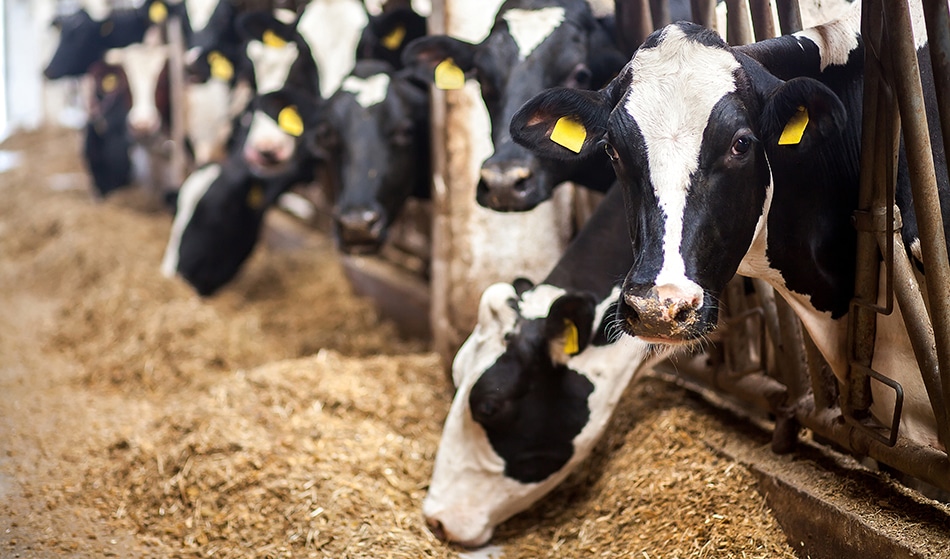AOAC 2014.02 Cronobacter spp. Detection in Feed Materials
The AOAC International standard method AOAC 2014.02 is a critical tool for food safety and quality assurance in the agricultural sector, particularly when it comes to detecting Cronobacter spp. in feed materials. This microorganism can pose significant health risks if ingested by infants, especially those who are formula-fed or consuming contaminated animal-based products.
The test procedure involves several steps that ensure accurate and reliable detection of Cronobacter species in various feed ingredients such as grains, cereals, dried milk powders, and other raw materials used in the production of infant formulas and pet foods. The method is designed to identify Cronobacter sakazakii, Cronobacter enteritis, and Cronobacter malonosuri—the three main species within the genus Cronobacter that can cause severe health issues.
The AOAC 2014.02 protocol employs a combination of enrichment, isolation, and identification techniques to detect these pathogens. The first step is to enrich the sample in a selective medium designed to enhance the growth of Cronobacter spp. This is followed by plating on chromogenic agar that allows for easy visualization and differentiation of the target microorganisms based on their colony morphology.
After isolation, PCR-based techniques are used to confirm the presence of the pathogen with high specificity and sensitivity. The method also includes a biochemical test using API strips to further validate the identification process. This comprehensive approach ensures that only positive samples yield conclusive results, minimizing false positives.
The AOAC 2014.02 protocol is internationally recognized for its accuracy and reliability, making it an essential tool for regulatory compliance and quality assurance in the food industry. Compliance with this standard can help manufacturers avoid costly recalls and litigation associated with contaminated products.
For laboratories performing these tests, adherence to strict quality control measures is paramount. This includes maintaining a clean and controlled environment, using calibrated equipment, and ensuring that personnel are trained in the proper handling of samples and reagents. The use of advanced detection methods like PCR adds another layer of reliability to the testing process.
Regulatory bodies such as the World Health Organization (WHO), Food and Agriculture Organization (FAO), and Codex Alimentarius Commission have recognized AOAC 2014.02 for its robustness in detecting Cronobacter spp., ensuring that it is a widely accepted standard across different regions.
The test also plays a crucial role in the supply chain, enabling companies to track and trace their products from raw materials to finished goods. This transparency helps build consumer confidence and trust in food safety practices.
Why It Matters
Health Risks: Cronobacter spp., particularly Cronobacter sakazakii, are known to cause severe infections, including meningitis, sepsis, and gastroenteritis in infants. The presence of these pathogens in feed materials can lead to contamination of infant formulas or pet foods, posing a significant public health risk.
Regulatory Compliance: Many countries have stringent regulations regarding the safety of food products for vulnerable populations such as infants. AOAC 2014.02 helps ensure that manufacturers meet these regulatory requirements by providing accurate and reliable detection methods.
Economic Impact: Contamination incidents can result in significant financial losses due to product recalls, legal actions, and loss of consumer trust. By implementing robust testing protocols like AOAC 2014.02, companies can mitigate these risks and protect their brand reputation.
Supply Chain Security: Ensuring the safety of feed materials is crucial for maintaining a secure supply chain. AOAC 2014.02 helps in identifying contaminated batches early on, allowing for timely interventions to prevent further spread of pathogens.
Eurolab Advantages
ISO/IEC 17025 Accreditation: Eurolab is ISO/IEC 17025 accredited, ensuring that our testing services meet the highest standards of accuracy and reliability. This accreditation provides peace of mind for clients who require stringent quality control measures.
Experienced Professionals: Our team comprises highly skilled microbiologists with extensive experience in performing AOAC methods. They are trained to handle complex samples and deliver accurate results consistently.
State-of-the-Art Facilities: Eurolab operates in a modern, ISO-compliant laboratory equipped with the latest technology and equipment necessary for performing AOAC 2014.02 tests accurately and efficiently.
Comprehensive Reporting: We provide detailed reports that include all relevant data, ensuring transparency and easy interpretation of results by clients. This comprehensive approach helps stakeholders make informed decisions based on the test findings.
Clinical Validation: Eurolab’s tests are clinically validated to ensure their accuracy and reliability in detecting Cronobacter spp. in feed materials. This validation process adds credibility to our testing services.
Why Choose This Test
The AOAC 2014.02 test is the preferred choice for several reasons, including its robustness and specificity. Here are some key benefits:
- High Sensitivity: The method detects even trace amounts of Cronobacter spp., ensuring that no contaminated batches slip through unnoticed.
- Specificity: AOAC 2014.02 is designed to target only Cronobacter spp., reducing the risk of false positives and increasing confidence in test results.
- Rapid Results: The protocol allows for quick turnaround times, enabling manufacturers to take swift action if contamination is detected.
- International Recognition: AOAC 2014.02 is widely accepted by regulatory bodies worldwide, providing a standardized approach that simplifies compliance efforts.
In addition to these technical advantages, Eurolab’s commitment to excellence and customer satisfaction makes it the go-to partner for quality assurance in the agricultural sector.





